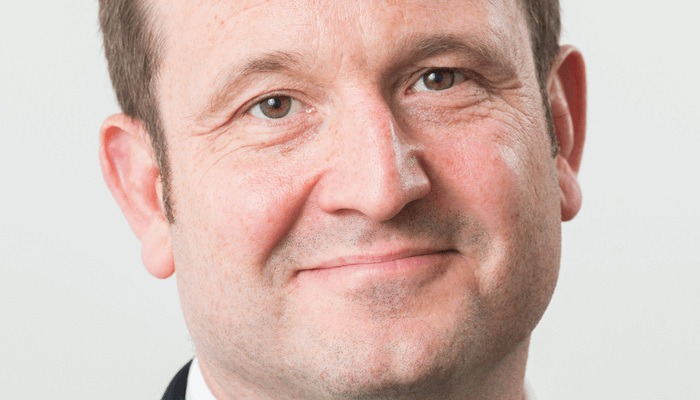
During my MBA I took part in a project underway at University Hospitals of Leicester NHS Trust. I became fascinated by the life of a hospital, the way it feels, the way it functions, and the things that you can do to improve it. After my studies I came across the NHS graduate training scheme, and it seemed like a natural progression. Thanks to Don Berwick over at Harvard Medical School, I had the opportunity to do a fellowship at the Institute of Healthcare Improvement (IHI), which is essentially a healthcare consultancy that is led primarily by doctors and clinicians. It was a wonderful way to learn all about quality improvement before entering a hospital as a professional. It stood me in good stead, and I am forever grateful for Don’s support.
The Moorfields board and I will be considering that question this year. Is our final goal to have 64 sites, or perhaps to go back to 16? I don’t think we’re clear on that yet. The decision will be driven by funding models, strategy, and the way we work with our colleagues in London and the South East of England. One thing I would say now is, investing in the buildings of 32 sites is a challenge. And what leaps out in an environment short of capital funding – which the NHS is – is that there may be times when consolidation into better, more purpose-built estate is the right way forward.
I think I’ll be better able to answer that at the end of this year, as we’re currently refreshing our 10-year strategy. But ultimately, our plan is to continue to be a world leader in the research we offer, and to develop our site management into a real network, where we can assure ourselves of absolute standardization of high quality care. Financial balance, and in fact financial surplus, is a crucial strategic objective, and we need to review our capital and our footprint moving forward.
There are three big ones. I think the biggest is our very positive position in terms of research and development. In my experience, if you’re a learning organization, or one invested in creating new and exciting things, you can develop and attract talent. So the fact that our R&D pipeline is so exciting means we’re able to attract some of the best clinicians and scientists from around the world. That’s a huge opportunity.
Secondly, people increasingly look to Moorfields to help define how ophthalmic care should be delivered in the areas where we’re located. That’s a great opportunity – because we’re not out to compete, and plan to continue to work well in collaboration with our colleagues across other providers.
Finally, I think we could further develop our commercial offering. Our brand is extremely successful – people travel from all over the world to have ophthalmic care with us. But we need to ask ourselves if we’re utilizing this opportunity fully. I think there’s more we can do there to help benefit our wider NHS offering.
That’s been the age old problem in the 18 or so years I’ve been a health service manager. The first priority is always safety. One thing we’ll never compromise on is running kit that is unsafe, and that always leapfrogs any other equipment priority list. In terms of what we invest in priority-wise, well, you have to look at what has the biggest impact. We’re very fortunate here to have the support of Moorfields Eye Charity, and the Friends of Moorfield, who have helped us invest in new technology. But it’s tough, and it will get tougher, and I’m sure we’ll have some hard decisions to make in the future.
The best thing has to be the sense of pride – it’s something I hear staff at Moorfields talk about, and you can almost see it floating around this organization. Like with any hospital there are challenges, but if you speak to our clinicians, our nurses, our porters, or any other staff, they all feel immensely proud to work here. And I have to say, I feel that sense of pride too. Also, as someone new to ophthalmic care, our R&D work is incredibly exciting – there are things going on in our organization that are going to help cure blindness. That’s a fantastic feeling.
There are some challenges – we’re working in very old buildings, and that can cause issues. And as CEO, it’s my job to ask “on a daily basis, is there a standardization of care between our sites?” Generally I think the answer to that is yes, but it’s an area I’ve got to look at. Another challenge is simply being visible – Moorfields has 32 sites, and a further two of them in the Middle East. I’ve already visited around half, but I want to visit them all as soon as I can. It’s hard, especially in a new position and with a thousand and one things to do, but it’s absolutely critical as a leader that people see you, and you are there to listen.
